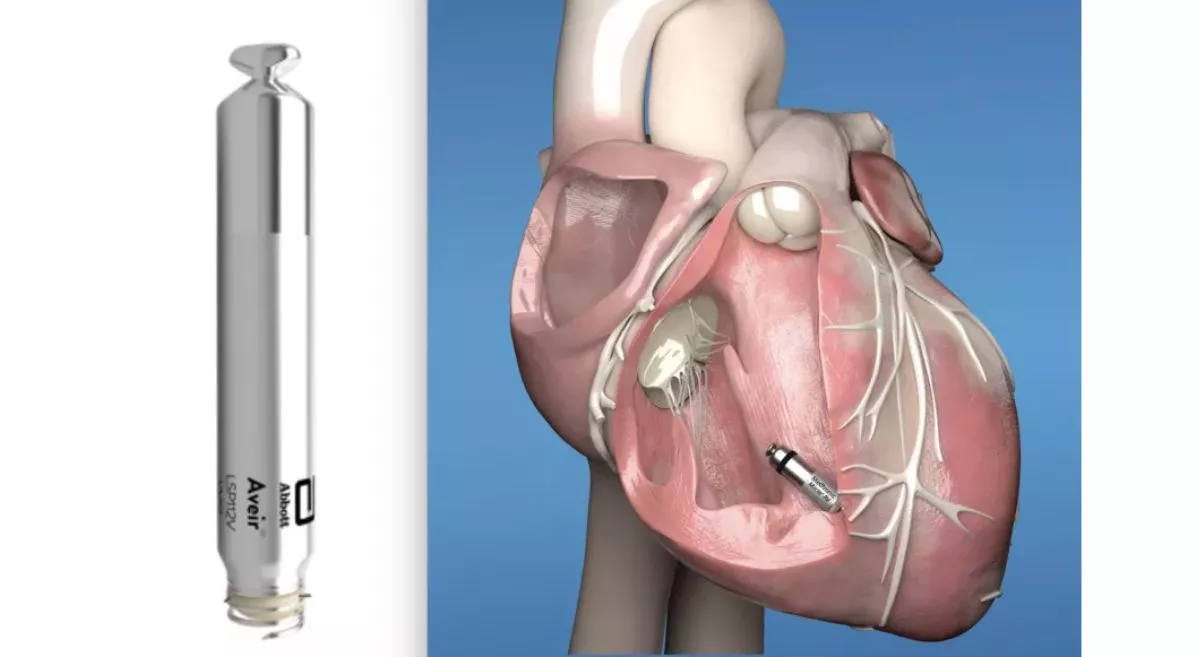Carpal tunnel syndrome is caused by the compression of the median nerve. This nerve is found on the hand's palm side where there is a small opening encircled by bones and ligaments. Numbness, weakness and tingling in the hand and arm are signs of median nerve compression. Carpal tunnel syndrome can be caused by repetitive hand motions, health issues and wrist anatomy. Proper care and treatment can control the symptoms and restore hand and wrist function. If symptoms persist, it’s best to seek evaluation from experts at an Internal Medicine Hospital in Hebbal Bangalore for accurate diagnosis and early treatment.
CAUSES
Carpal tunnel syndrome is brought on by several factors. According to studies, the condition is more likely to affect women and older people. Some of the reasons include:
1. Heredity
It is probably a crucial factor to consider. Some people could naturally have smaller carpal tunnels or could have anatomical variations that alter the amount of space for the nerve. These traits can run in families.
2. Constant hand motion
Performing the same hand and wrist motions or activities over time may irritate the tendons in the wrist, resulting in swelling that places pressure on the nerve.
3. Position of the hands and wrists
Long-term use of motions that require the hand and wrist in extreme flexion or extension can put pressure on the nerve.
4. Pregnancy
Pregnancy-related hormonal changes may result in swelling that puts pressure on the nerve.
5. Medical issues
Conditions like thyroid gland imbalance, diabetes and rheumatoid arthritis are connected to carpal tunnel syndrome.
SYMPTOMS
Symptoms of carpal tunnel syndrome appear gradually and include:
1. Numbness and tingling in the fingers or hand.
Usually, all the fingers are affected except the little finger. In these fingers, you might experience something akin to an electric shock.
2. The wrist may feel the sensation before it moves up the arm.
These symptoms may awaken you from sleep and frequently happen while you are holding the phone, newspaper or steering wheel. People normally shake out their hands to relieve these symptoms. Over time, the numb sensation might persist continuously.
3. Weakness
You might feel weakness in your hands and drop things. This might be caused due to weakness in the thumb's pinching muscles that are controlled by the median nerve or because the hand is numb.
If your regular activities or sleep patterns are disrupted by the symptoms and signs of carpal tunnel syndrome, contact the top cardiology hospitals in Bangalore. Without proper treatment, there is a possibility of permanent nerve and muscle damage. Consulting experienced General Physicians in Hebbal Bangalore can also help identify underlying conditions contributing to nerve compression and provide timely guidance.
TREATMENT
There are two ways to treat carpal tunnel syndrome: non-surgically or surgically. Both strategies have advantages and disadvantages. Non-surgical procedures are used for less severe conditions and allow you to carry on with your daily activities uninterrupted. In more severe cases, surgical treatments can be beneficial and produce excellent results.
Non-operative therapies:
Usually, non-surgical options are explored first. Treatment starts with:
- Putting on a wrist brace at night
- Using non-steroidal anti-inflammatory drugs, such as ibuprofen, to treat inflammation
- Injections of cortisone
Other therapies concentrate on how to alter your environment to lessen symptoms. This is frequently observed at work, where adjustments can be made to help with carpal tunnel syndrome, such as:
- Raising or lowering your chair
- Moving the keyboard on your computer
- Adjusting your hand or wrist position while performing tasks
- Making use of splints, heat therapies and exercises
Surgical treatments:
Surgery for carpal tunnel syndrome is mostly advised when non-surgical treatments are ineffective, or the condition has progressed too far. Surgery aims to broaden the tunnel to relieve pressure on the tendons and nerves that pass through the area. The ligament (transverse carpal) covering the carpal tunnel at the base of the palm is cut (released) to accomplish this.
You can anticipate the following if you have surgery:
- An outpatient procedure during which you will be awake but under local anaesthesia (pain-numbing medication). Your doctor might occasionally recommend an intravenous (directly into the vein) anaesthetic. With this choice, the procedure can be completed while you take a quick nap. This is not the same kind of general anaesthetic that is employed during surgery. Instead, during the procedure, your healthcare team will keep an eye on you (called monitored anaesthesia care, or MAC). Additionally, this is used for procedures like colonoscopies.
- Some minor discomfort for 24–72 hours following surgery. Most patients quickly experience complete relief from their night-time symptoms after surgery.
- Getting your stitches removed 10–14 days after surgery.
- Avoid using the affected hand for heavier tasks. Speed of recovery can be influenced by age, general health, the severity of carpal tunnel syndrome and the length of time you experienced symptoms.
- Following surgery, you will experience relief from the majority of carpal tunnel syndrome symptoms.
- You will also experience continued strength and sensation improvement.
PREVENTION
By making lifestyle adjustments that lower your risk factors, you can prevent carpal tunnel syndrome. Your risk of developing carpal tunnel syndrome is decreased by managing conditions like diabetes, hypertension and arthritis.
Other crucial methods for easing symptoms include paying close attention to hand posture and avoiding activities that cause your wrist to extend too far. Exercises used in physical therapy may also be beneficial.
FAQs:
1. What is the most frequent cause of carpal tunnel syndrome?
Carpal tunnel syndrome is usually caused by too much use of the wrist.
2. Is carpal tunnel irreversible?
Many patients with carpal tunnel syndrome delay treatment until their hands are entirely numb, which could result in permanent nerve injury.
3. What are the stages of carpal tunnel?
Mild, Moderate and Severe are the three distinct stages of carpal tunnel syndrome.
4. How do doctors test for carpal tunnel?
Doctors can diagnose this syndrome by performing wrist-flexion tests.
5. How can you tell the difference between carpal tunnel and arthritis?
Carpal tunnel syndrome may result in pain, tingling, numbness and hand weakness, whereas arthritis may result in discomfort, stiffness and swelling in the joints of the hand or wrist.











